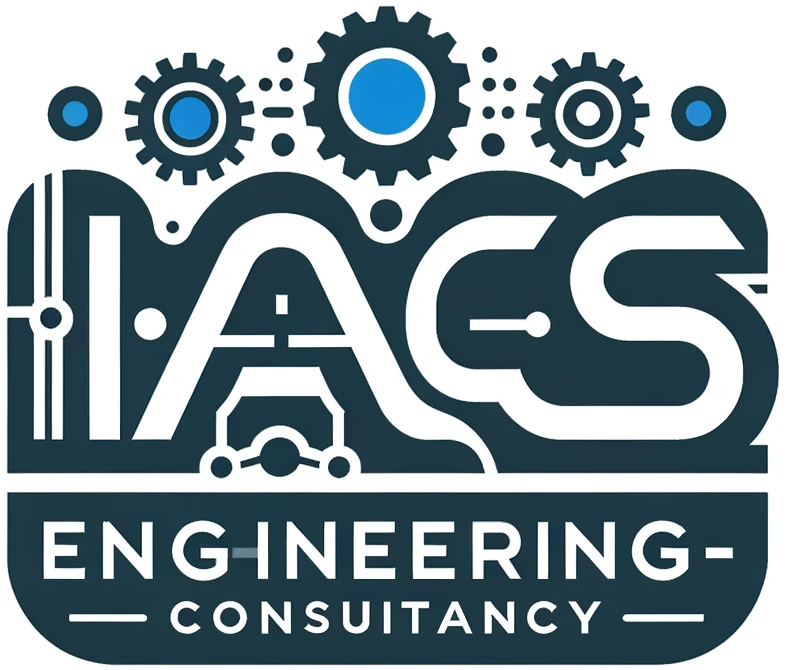Machine learning (ML) is a subfield of artificial intelligence (AI) focused on developing computer algorithms that can learn from data without explicit programming. By enabling real-time adaptation, predictive maintenance, process optimization, and enhanced quality control, machine learning paves the way for smarter, more efficient, and reliable industrial operations.
Machine Learning Approaches:
1. Supervised Learning
- Requires labeled data where each data point has a corresponding category or value.
- Train a model on historical data labeled with “normal” or “failure” conditions to predict future equipment problems.
- Applications:
- Predictive Maintenance: Analyze historical sensor data labeled with “normal” or “failure” conditions to predict equipment failures.
- Anomaly Detection: Identify deviations from normal operating patterns (labeled data) to detect potential issues.
2. Unsupervised Learning:
- Works with unlabeled data, where data points lack predefined categories.
- Analyze sensor data from a production line to identify inefficiencies or areas for improvement.
- Applications:
- Process Optimization: Analyze sensor data on a production line to identify inefficiencies or areas for improvement.
- Machine Health Monitoring: Establish a baseline for normal equipment behavior, allowing for early detection of anomalies.
3. Deep Learning:
- A subfield using artificial neural networks with multiple hidden layers, inspired by the human brain.
- Train a model on images with labeled defects to identify them automatically during production.
- Applications:
- Image Recognition for Quality Control: Analyze images from cameras to detect defects in products on a manufacturing line.
- Predictive Maintenance with Complex Sensor Data: Handle the complexity of data from multiple sensors on a machine to predict maintenance needs.
4. Reinforcement Learning:
- Learns through trial and error in a simulated environment.
- Applications:
- Robot Control and Optimization: Train robots to perform tasks efficiently and adapt to changing environments in simulations before real-world deployment.
- Energy Management in Buildings: Learn to optimize energy usage in a building based on real-time data and occupant behavior through simulation.
Machine Learning without IIoT:
Possible:
- You can leverage existing data sources in your factory.
- This might include data from:
- Enterprise Resource Planning (ERP) systems
- Customer Relationship Management (CRM) systems
- Machine logs and historical data
- Limited sensor data (if already available)
- This might include data from:
Limitations:
- The data may be less rich and detailed compared to a full IIoT setup.
- The types of machine learning applications you can implement might be restricted.
- Challenges in capturing real-time data for tasks like predictive maintenance.
Benefits:
- Lower upfront costs: No need to invest in additional sensors and networking infrastructure.
- Simpler setup: You can potentially use existing data and tools for initial exploration.
Machine Learning with IIoT:
Advantages:
- Richer data collection: Provides a wider range of data points from various sensors on machines and throughout production lines.
- Enables real-time applications: Allows for tasks like predictive maintenance based on live sensor readings.
- More comprehensive insights: Provides a more holistic view of factory operations for data-driven decision making.
Drawbacks:
- Higher initial investment: Requires investment in sensors, communication networks, and potentially data storage solutions.
- Increased complexity: Managing and integrating sensor data with existing systems can be complex.
